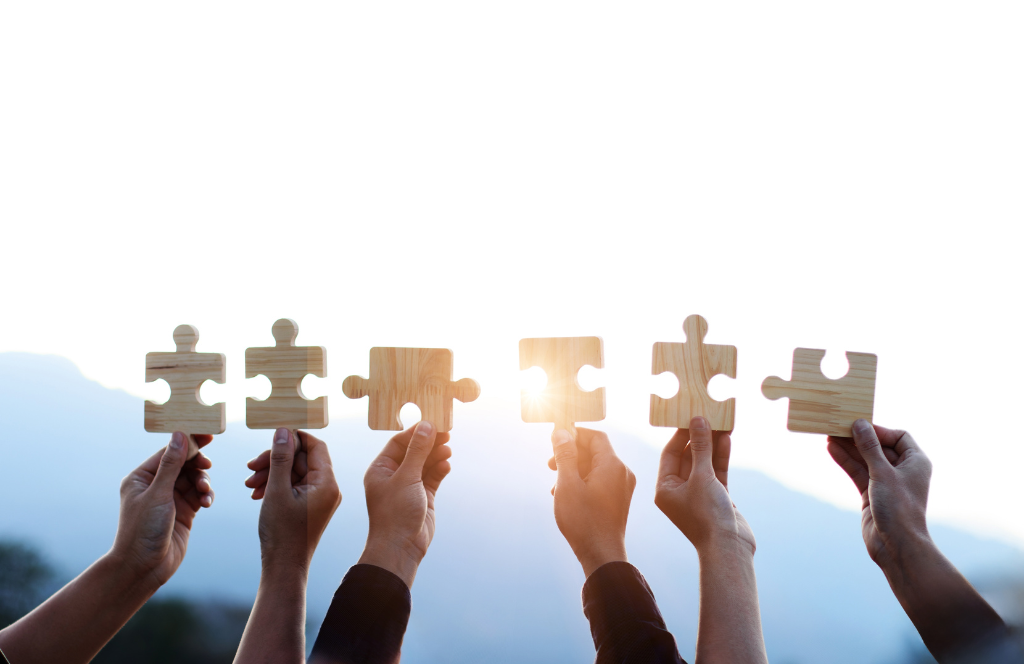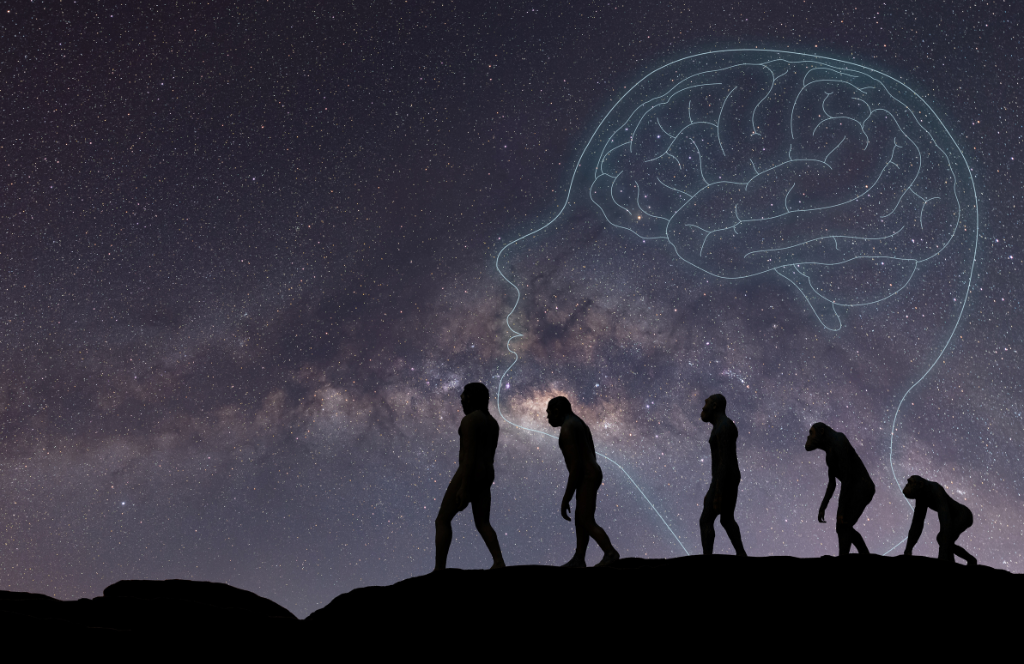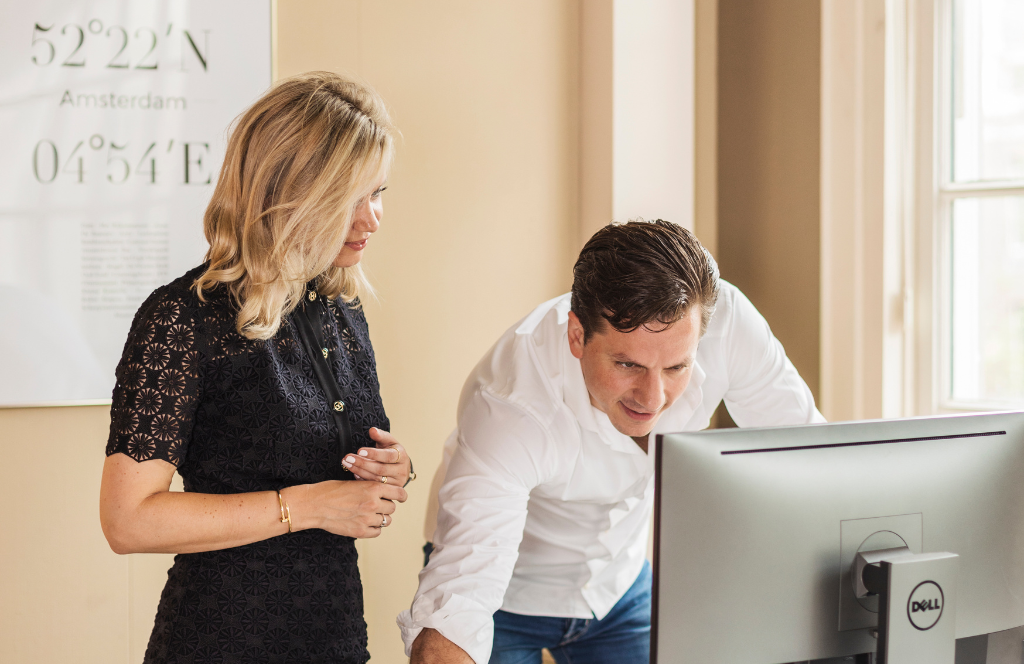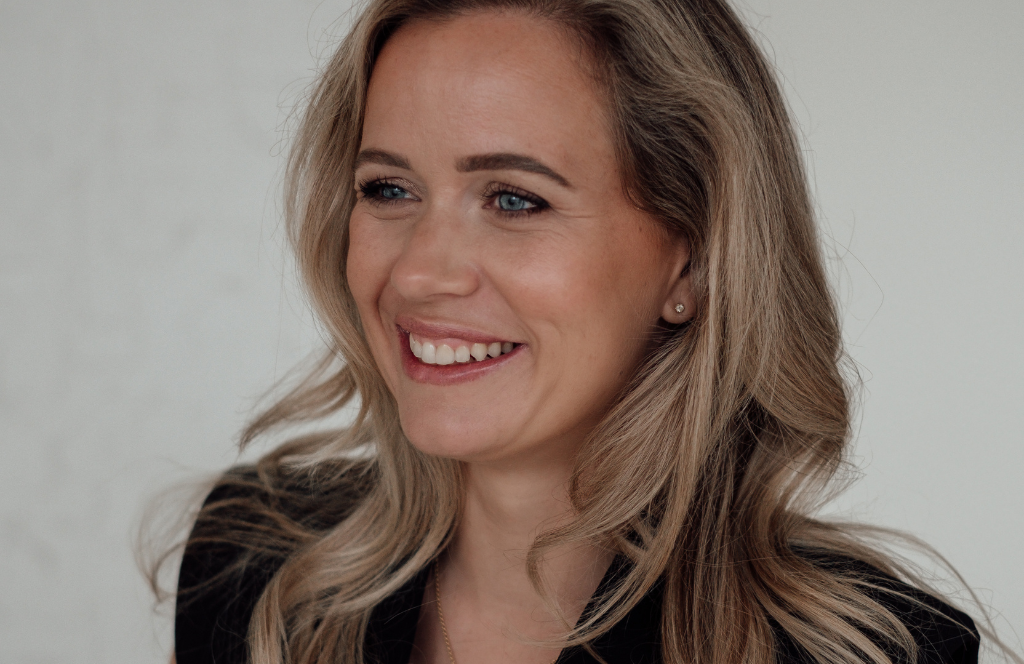When we talk about gender equality, we immediately think about concepts like the ‘glass ceiling’ and the ‘wage gap.’ The concepts make it easy for women to place the blame externally and create a victim mentality. This frustrates me. Don’t get me wrong: I do not deny that there is an income gap; however, I believe it is simply a consequence of other factors. By digging deeper into the psychological and historical reasons, combined with my own journey, I have established a different narrative based on the evolutionary brain.
In my opinion, the solution to business success for women is not about criticizing and blaming “white men.” To be honest, I haven’t experienced discrimination as a female entrepreneur. Of course, there are still many countries where businesswomen are disadvantaged and discriminated against, however, in my opinion in Western culture this is not the case: when working at Deloitte and Ernst & Young I noticed women were actually “pulled up” so companies could meet female quotas.
I strongly agree that men and women are equal, but not the same. One of the biggest ‘problems’ today comes from not recognizing that women’s strengths are needed in business. Only when we know how to recognize and name them, can we begin to use and see them as strengths. Women’s natural traits of leadership, empathy, and vision are all essential attributes of a successful company.
I am completely in my natural element through leading the group and culture where Jorik, my male co-founder, picks up more detailed deep dives. I have more affinity with marketing, sales, culture, and people – he with finance and legal. Together we create the strategy. There is genuinely no one leader, the power is in the duality.

The History of Homosapiens And Its Impact on Women’s Strengths
To understand the natural strengths of both men and women we have to go back to the history of homosapiens, the species to which all modern humans belong. It is believed to have appeared about 300,000 to 200,000 years ago. At that time, people lived in small groups as hunter-gatherers to search for food.
Only in the last 7,000 years have homosapiens transitioned to agriculture and villages. Thus, since the beginning of our species, we have only lived for about 7,000 years in human settlements in a 250,000 year time period. This means that only 3% of our existence has been in cultivated societies, and 97% of the time has been spent as small wandering tribes. As a result, our evolutionary brain is still deeply and subconsciously shaped by our time as small groups of itinerant hunter-gatherers and the roles we played within those groups.
It is estimated that hunter gatherer communities consisted of 20 to 50 individuals and assumed that they divided labor between men and women although this depended on the culture, region, and ecological conditions.

The division of labor and activities generally followed this pattern:
Men:
- Hunting: Used spears, bows, and other weapons.
- Tools: Crafted and maintained hunting tools.
- Defense: Protected the group from predators and rivals.
Women:
- Gathering: Collected plant food and caught smaller animals or fish.
- Raising: Nurtured and educated children.
- Food preparation: Processed seeds, cooked, and preserved food.
- Clothing and construction: Made clothes and built shelters.
To survive and be successful, men had to be fearless. After all, if the man does not dare to hunt then the tribe starves. If the man does not dare to defend then the survival of the tribe is endangered.
Evolutionarily, man is programmed to have a narrow hunter’s vision with a sole focus on their prey, to know no fear, and to take risks faster and consequently risk his own safety – an inherent risk of hunting.
The woman had a broader, more peripheral view. To be successful within the tribe, it is crucial to have and maintain a strong network that helps children and enables cooperation for gathering, preparing food, making clothes, and building shelters. These roles meant that women needed to be empathetic, be able to assess risks, and preferably avoid high risks – creating women’s strengths that we still see today in many women.
In summary, we can say that men have a narrow “tunnel vision” in which they focus on prominent tasks and take risks to achieve them, while women have a broad “peripheral view” in which they consider all potential issues
So, What is The Impact of Our Ancestral Wiring on Modern Day Society?

I believe that our historical conditioning explains why men are notoriously bad at multitasking (they like to focus on one task and do it well), while women can more easily work on multiple tasks (they can see the big picture and have a more holistic outlook).
In today’s world, there are new stimuli due to our great civilizations and continuous flow of data. Nonetheless, we still get impulses from our primal brain.
For example, stereotypically when men get cut off in traffic, they see it as a “hostile action” which in turn can lead to aggression; a reaction that is totally disproportionate to the threat level nowadays and thus can be seen as a bad evolutionary inheritance.
Similarly, women in hunter gatherer groups preferred to be “liked” as it made their role as community builders and gatherers easier. It was easy to be liked when you lived in small, close-knit tribes of 20 to 50 individuals. But with the advent of large civilizations and social media, it is impossible to be liked by everyone, which can make a lot of women frustrated and anxious.
So we are torn between our primal brain made for an environment tens of thousands of years ago and today’s world which requires a new way of behaving and operating.
Women and Men’s Priorities Today
The regrets of the dying showed that most men, without exception, said they had worked too much during their lives. All the men deeply regretted that they had spent so much time in the rat race, missing the family time first and foremost.
Because of man’s hunting instinct, he is willing to make sacrifices: his own safety and health may instinctively be turned off to provide for the tribe. His brain adapts to the new world by zooming in on his career and providing for his family. One could say that men earn more because of their primal instinct to provide.
Women often excel in complex social settings due to their heightened social awareness and sensitivity, developed over hundreds of thousands of years of evolution. This well-rounded awareness enables them to make decisions that enhance happiness more effectively. Unlike men, women frequently choose part-time work, prioritizing childcare over career pursuits. According to CBS, as many as 76% of women in The Netherlands work part-time (up to 35 hours per week) compared to only 26% of men.
But that narrative is shifting in our modern-day world, ambitious women are all around us. And if you are one too, you can learn a lot from women’s strengths.
My Personal Experiences

In 2013, I founded my company Experiencegift. When I walked into the Chamber of Commerce as a woman, no one started laughing. Before that, when I was a strategy consultant at Deloitte and Ernst & Young from age 21 to 25, I was working on the biggest corporate mergers and acquisitions in the Dutch market. I earned the same as my peers, and was afforded many opportunities. I was met with challenges that ambitious women face when working with external clients, but it never deterred me and I never complained about it.
Here is How I Became a Successful Female Entrepreneur
- Due to an external trigger – I moved to Singapore for a year – I decided to start a business. I set up Hotelgift (only later did the umbrella brand Experiencegift come about) and managed to sell €17k worth of hotel gift cards in the first year.
- The following year in 2015, this increased eightfold to € 137k, followed by a fivefold increase to € 715k in 2016.
- Growth in the following years remained strong; we won the Deloitte Fast 50 in 2019 and last year’s FD Gazelle’s top prize.
- The good results come from a fantastic team consisting of 60+ people working in offices in Amsterdam, Athens, New York, and London.
- Another strong driver is the collaboration I have with my co-founder Jorik Schröder. We have a division of roles: he does the deep-dives that require deep tunnel vision, I make sure the orchestration of the whole company runs smoothly. He picks up the conflict situations, I focus on the corporate culture. This happens organically: there’s no record anywhere of who does what, for the Chamber of Commerce we are both fully authorized.
- Fortunately, we don’t have any investors, so their desire to have one captain – in our opinion a stubbornly dated belief – was not a problem either.
- We are convinced that the good figures in the past have come precisely because of a balanced cooperation that draws on each person’s strengths. Equal but not the same.
Key Takeaway: There is power in embracing your strengths, strong business partnerships, and taking a few more risks.
My Biggest Learnings

Recommended Reading: Bold BusinessWomen: Q&A With Female Entrepreneur, Loes Daniels
One of my biggest lessons from my entrepreneurial adventure is recognizing my natural broad peripheral view of life that makes me, as a woman, naturally inclined to take less risk. Because of an external trigger – living abroad – I became an entrepreneur. Without that trigger, I might never have made the step. So my advice to any aspiring female entrepreneurs and businesswoman is this:
1. Take ownership: nowadays there’s as much negative as positive discrimination. Complaining takes you nowhere: self-pity leads to negativism, pacifism, and a bad marriage. So ask yourself: If I blame someone, what does that say about me? Once you’ve stopped blaming the world, continue with step 2.
2. Know yourself: become aware of your own natural personality. You may be too risk-averse as well. You can only overcome natural hesitance through awareness.
3. Complement yourself: find a business partner whom you trust completely and whose skills are complementary to your own (in our company, we use this free test to gain insight into someone’s personality).
4. Go for it: I’d rather go to my grave with something that didn’t succeed than something that I never tried. I hopefully have another 50 years on this planet, losing one or two years – even if the plan fails – is something I can live with. Not having tried it is something I would forever regret.
If women become aware of their natural characteristics, and challenge them or find someone to complement them, then we can hopefully witness many more female entrepreneurs and successful businesswomen. Women’s strengths are boundless, and you should embrace them.
So let’s complain less, achieve more, and try to take a few more risks.
What to read next? The World’s Most Successful Women in Business And Their Net Worth















